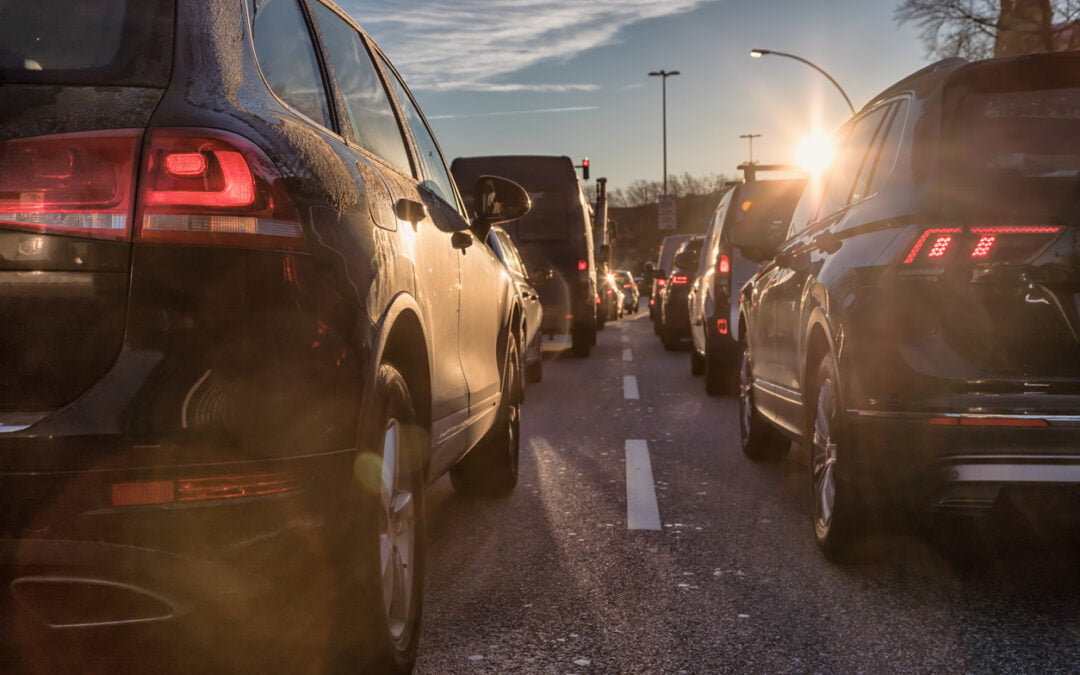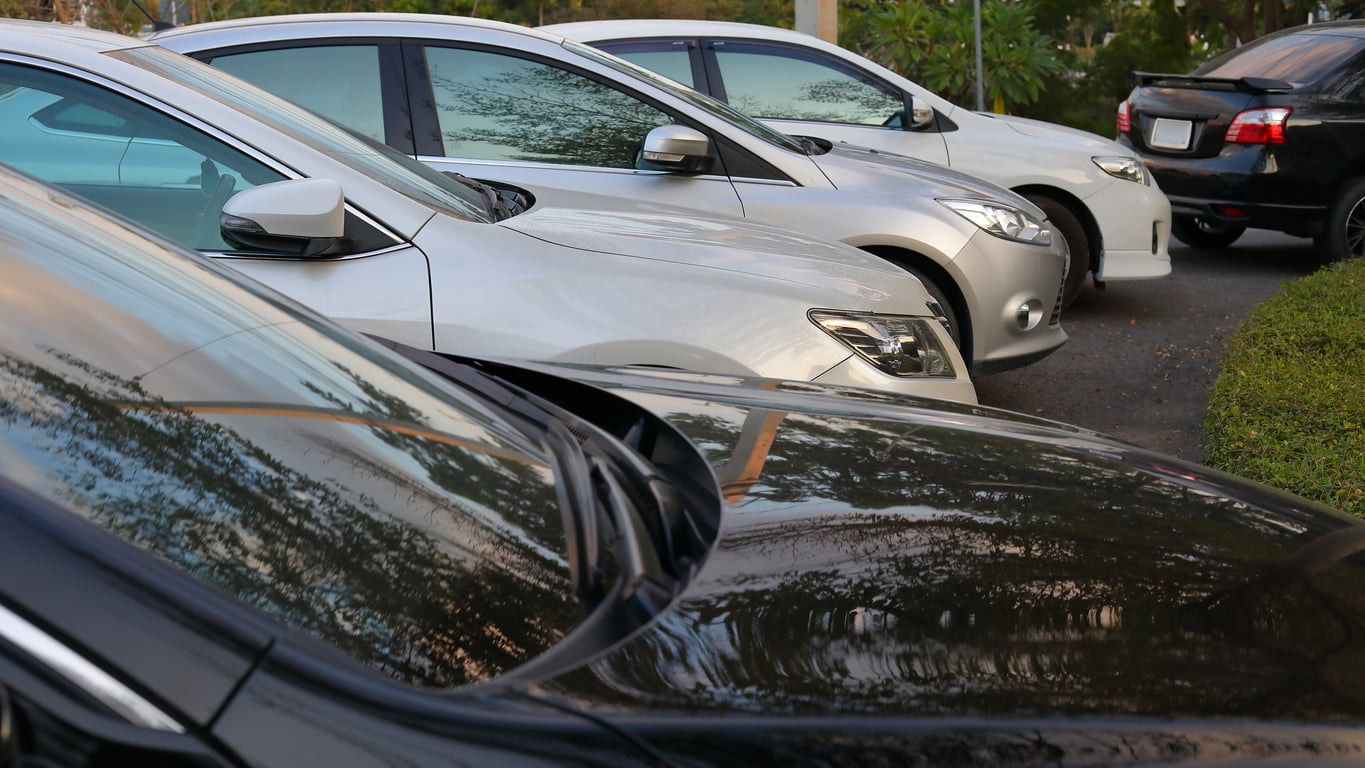The cost of buying a car involves a lot more than just the sticker price. Even if you’ve found the make and model you want at a reasonable price, you also need to factor in the cost of mandatory insurance on the vehicle. The vehicle that you choose will have a significant impact on the premiums you will end up paying but first, let’s take a closer look at the factors that impact the cost of insurance and examine which cars are the cheapest to insure.
What factors affect the price of car insurance?
Everyone loves a deal. But there are times when cheap and cheerful isn’t your best strategy, especially when researching car insurance. While lowering your overall expenses when buying a new or used vehicle is optimal, cheap car insurance can sometimes mean that you do not have adequate coverage or there are many exceptions to what is covered. Taking this into account, insurance premiums are based on several factors:
- Age and experience behind the wheel
- Type and cost of vehicle
- Usage of the vehicle
- Safety ratings of the vehicle and claims history
- Estimated repair or replacement costs of the vehicle (cost of parts and labour)
- Probability of theft
Age and experience behind the wheel
Car insurance can be very expensive. Two of the main factors that affect your car insurance rates are your driving history and data from other drivers in your province. For instance, accidents are more common for young drivers; the same risk goes for senior drivers. Taking these factors into account, car insurance rates will often be higher for these age groups. The possibility for error is higher and may affect rates.
Insurance history: As you build your insurance history and show that you pay your premiums on time with good driving habits, the lower your rates will be.
Telematics car insurance is a newer take on car insurance. It puts the power of best car insurance rates in your hands, literally. Telematics (or Usage-Based Insurance i.e. UBI) has combined leading-edge wireless communications and global positioning system (GPS) tracking technology that collects and analyzes data from moving motor vehicles.
This amazing technology can help you save money on your auto insurance premiums while also giving you helpful, personalized feedback on how to make you an even safer driver. Not all Ontario insurers offer UBI, so speak with an isure broker today to find the insurer who may offer the best Telematics program for you.
Type of vehicle and its cost
Every insurer groups car models into categories based on their respective risk. In the higher, more expensive categories, you’ll find sports cars with bigger engines, while smaller cars with good safety features will fall into the more affordable category.
Size matters: Heavier vehicles offer more protection than smaller ones, so insurance companies will save the cheapest rates for midsize and large cars. These cars possess very durable frames and will offer greater protection following a collision. Ultimately, midsize and large frame vehicles will keep you and your passengers safer than the lighter frames found on smaller cars, translating to premium savings for you.
Customizing: Making modifications to your car can push up the price of your insurance premium. A modification is any change that alters your car from the manufacturer’s standard specifications and are usually either performance-related or cosmetic. While customized plates have no effect on performance, having a turbo or supercharger installed will definitely affect your rates! The cars cheapest to insure don’t have cosmetic upgrades or improved stereo systems installed.
Usage of the vehicle
Whether you keep your car parked in your driveway or use a parking garage, when and how far you drive and what you use your car for will all have bearing on your car insurance rates.
Substance over style: Insurance companies consider mid-range SUV’s and minivans to be family cars, and therefore, are more likely to have sensible, cautious drivers. Drivers with “suped up” sports cars are not considered as safe on the road. Not only what you drive, but where, why and how you use your vehicle play a role in determining rates. Insurers use statistical data to help them predict whether people who drive these types of vehicles are concerned with safety and drive with caution. Therefore, driver behaviour will result in a lower risk of collision and claims affecting premiums offered.
Mileage: If you frequently drive i.e. having a lengthy commute to work, the more risk you have from being in an accident. So, those who drive a lot will naturally pay more for their insurance.
When looking at cars cheapest to insure, doing your research and having a clear idea of the type of car you need (as opposed to the car you want) can make all the difference in savings.
Safety ratings of the vehicle and claims history
Vehicles equipped with the most safety features, best crash ratings and best theft deterrents are the cheapest to insure in Canada, though they may cost more up front. When looking to purchase a new or second-hand car, shop for a vehicle that can check as many of these boxes as you can.
How do insurance companies know which cars are the safest?
The Insurance Institute for Highway Safety (IIHS) experiments with cars to determine safety levels and new technologies that can help prevent a crash or reduce its severity to make it safer. As well, they put out their recommendations to the public to help car buyers stay informed of the safest makes and models out there.
Safety first: Each year, car manufacturers increase safety of vehicles due to advances in engineering and technology. The safety ratings are based on how well the vehicle protects you and your passengers.
Crash protection: This includes features like air bags, crumple zones, frame design and resistance to a rollover.
Crash avoidance: Technologies that help prevent accidents, such as Forward Collision Warning, Rearview Camera, Automatic Emergency Braking, Lane Departure Warning, Blind Spot Detection and Adaptive Cruise Control.
Cars that have better claims histories in terms of damage costs also catch a break when it comes to car insurance rates. Choosing a car with a high safety rating will not only reduce your chances of being in an accident, but will help reduce the amount you pay for insurance.
Age matters: Aside from the make and model of your car, insurers also consider the age of the car when assessing its safety. Newer cars have the most safety features, but they also cost the most money to repair and replace. Each insurance company will assess the likelihood of you needing to make a claim and how much that claim is likely to cost before giving you an auto insurance quote.
Estimated repair or replacement costs of the vehicle
Deciding to purchase a car with a large, powerful engine and expensive extras may cost more to replace or repair than a car built for safety and reliability. Cheap cars are typically assigned lower rates because they’re less costly to repair. So, when choosing a car, if cheap car insurance is a priority to you, take a look at the built-in safety features and average cost of repairs when choosing your vehicle.
Probability of theft
Car theft is a serious problem for insurers and consumers when looking at buying and insuring vehicles. According to the IBC, a car is stolen every seven minutes in Canada. Two of the top factors that insurers take into consideration when setting premiums for a vehicle are its safety rating and the likelihood of it getting stolen.
Changing your car’s engine performance can increase the speed of a vehicle. But adding new alloy wheels could make your car more attractive to thieves. Both are also likely to push up your insurance costs. Improving your car’s security by installing an anti-theft alarm system could save you money on your monthly premium payments. That’s an upgrade that helps save you money!
The greater the risk of a vehicle being stolen translates to higher premiums for those that own them. Because theft has become such a problem for insurers, they have to transfer some of the expense onto the consumers.
Which cars are cheapest to insure?
The cars cheapest to insure typically changes every year. This is because new vehicles become available and insurers will adjust how they determine insurance rates.
Forbes.com has compiled their list of the 10 Least Expensive Cars to Insure from the 50 top-selling models of 2021:
- Honda CR-V LX
- Jeep Wrangler JL Sport
- Subaru Crosstrek
- Subaru Forester 2.5I
- Hyundai Tucson SE
- Jeep Compass Latitude
- Chevrolet Equinox L
- Ford Escape S
- Volkswagen Tiguan SE
- Ford F-150 XL
The car you choose has a huge impact on how much you will pay for insurance, including everything from the engine size and safety features to the cost of repairs or replacement. Shopping around and doing your research can save you hundreds of dollars annually, which is where isure steps in. There’s no one-size-fits-all approach, but isure will do the legwork for you because there are ways of obtaining affordable insurance.
Remember, a cheaper offer isn’t always better, especially when it comes to something as important as your car insurance. You want to know you’re covered when you need it, so we will ensure that the coverage, as well as the price, are right for you. It’s important to remember that there is no substitute for safe, defensive driving. A bad driver in a safe car is still an insurance risk. For the best deals on car insurance, stick to the rules of the road and maintain a clean driving record. By being able to compare rates of multiple insurers, isure will help you not only save a lot of money, but receive the best coverage for your rate.




